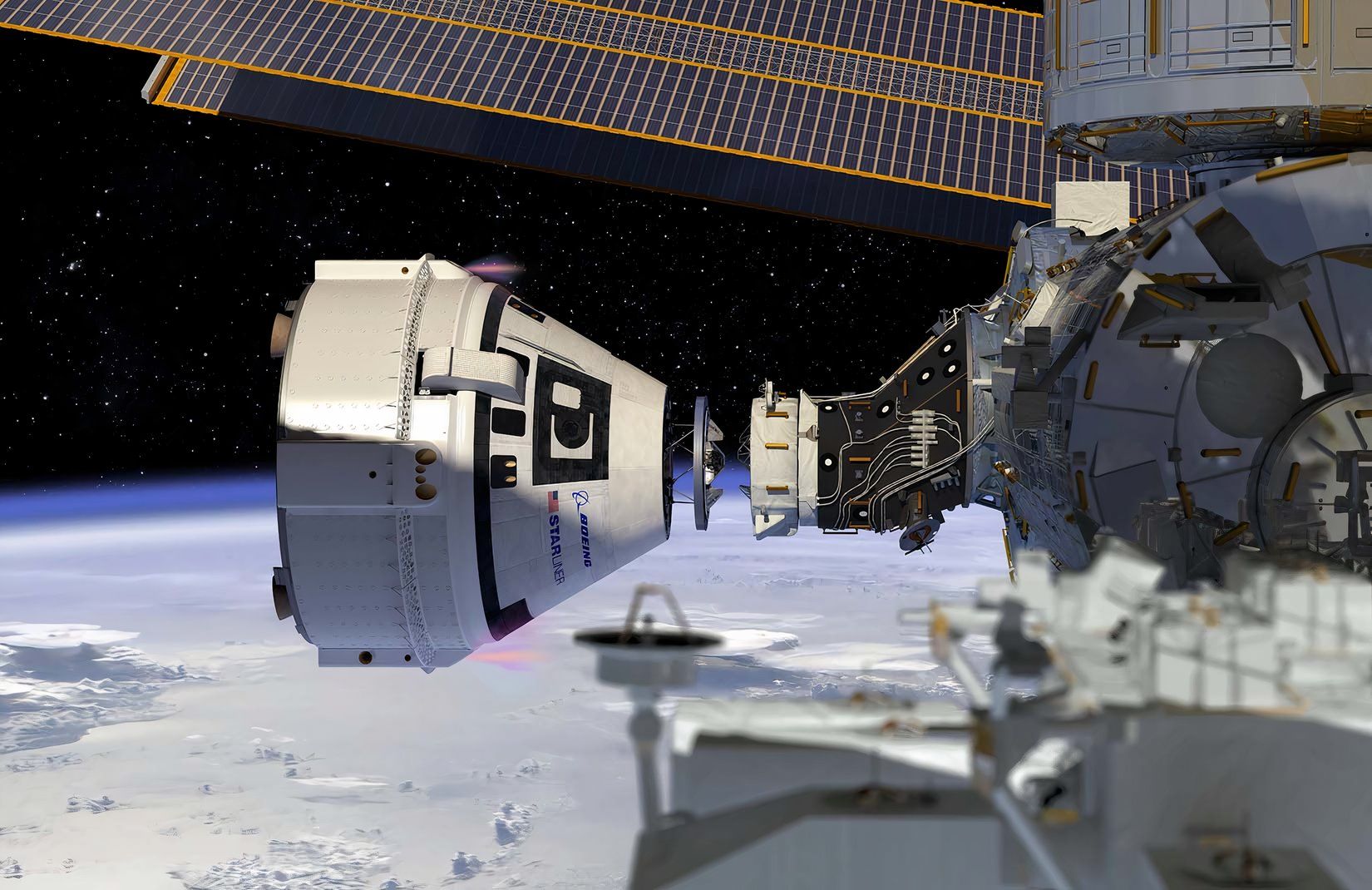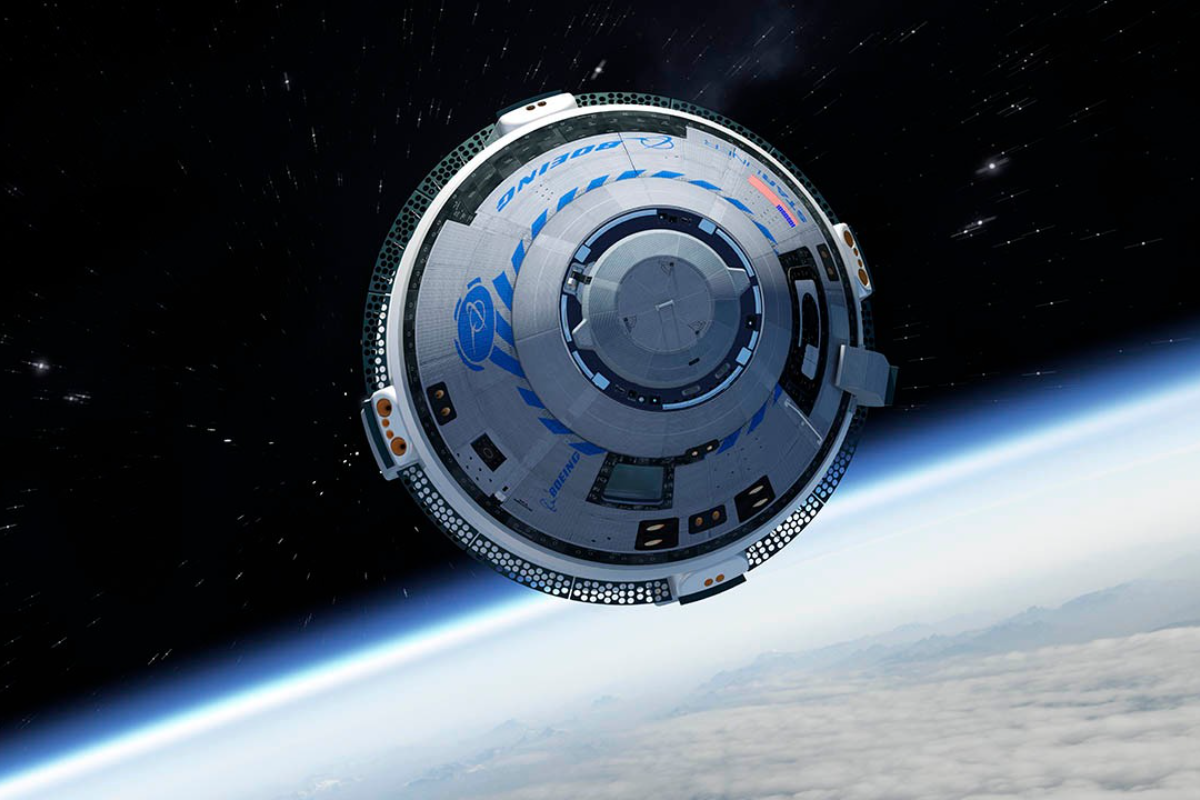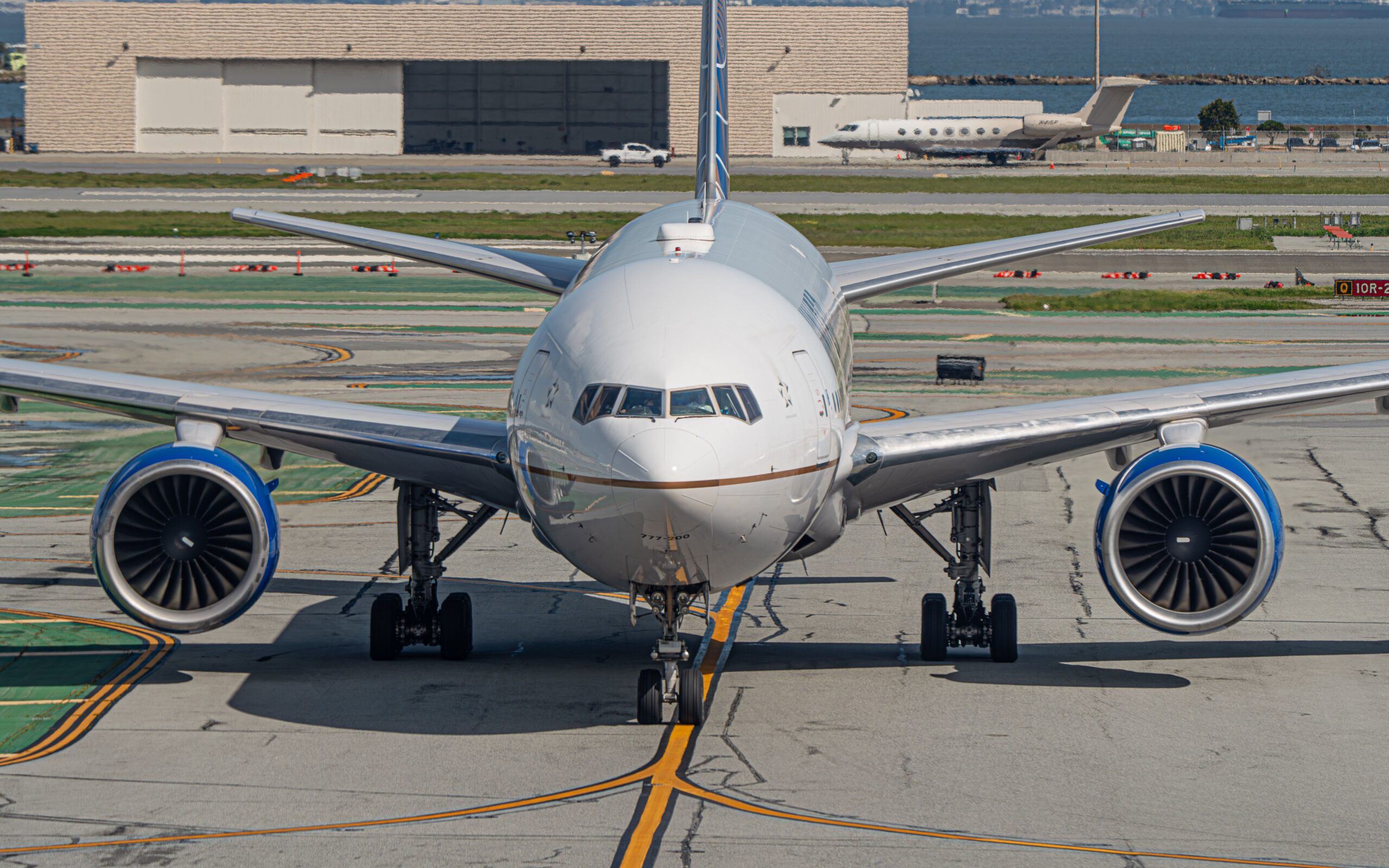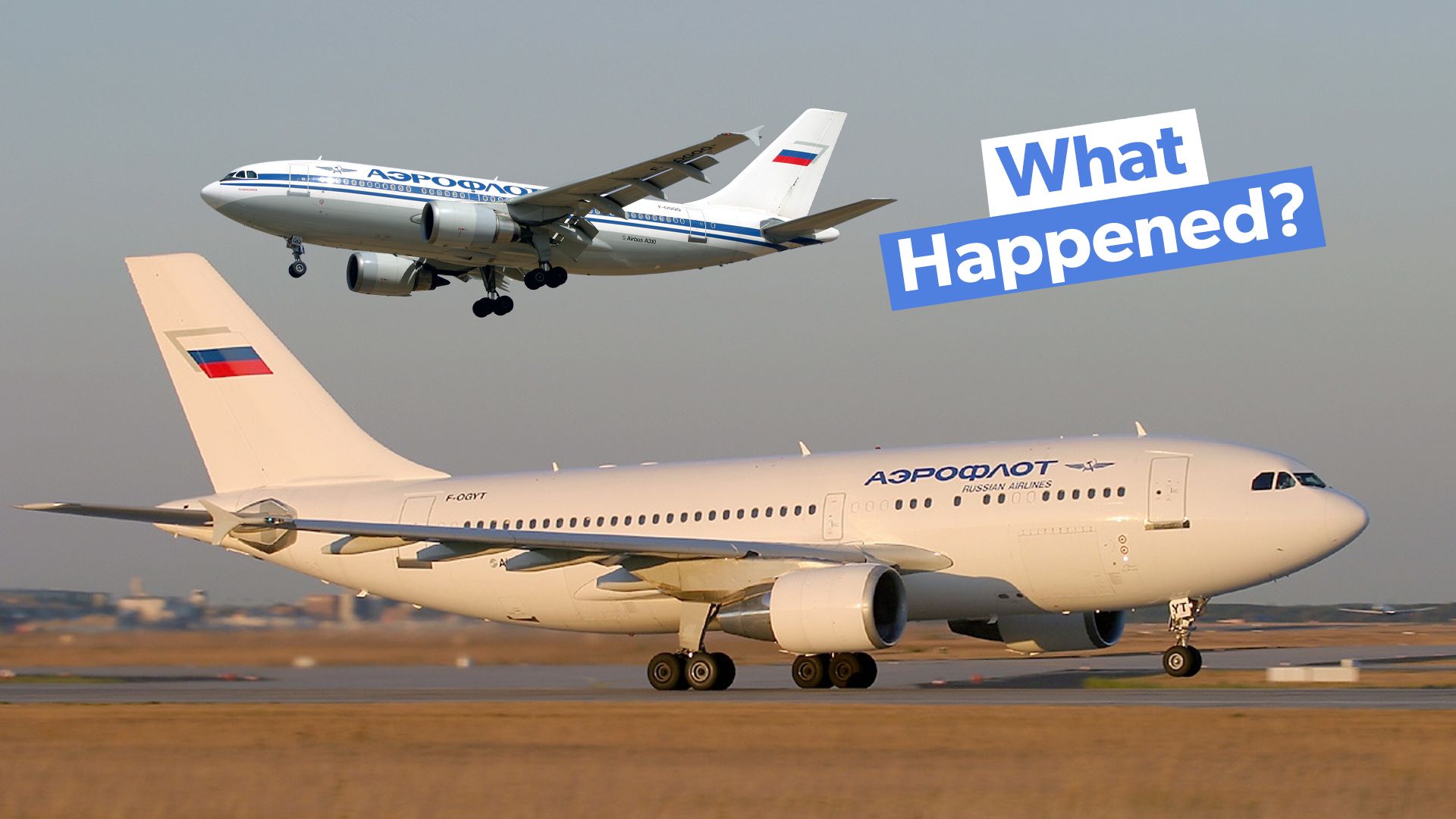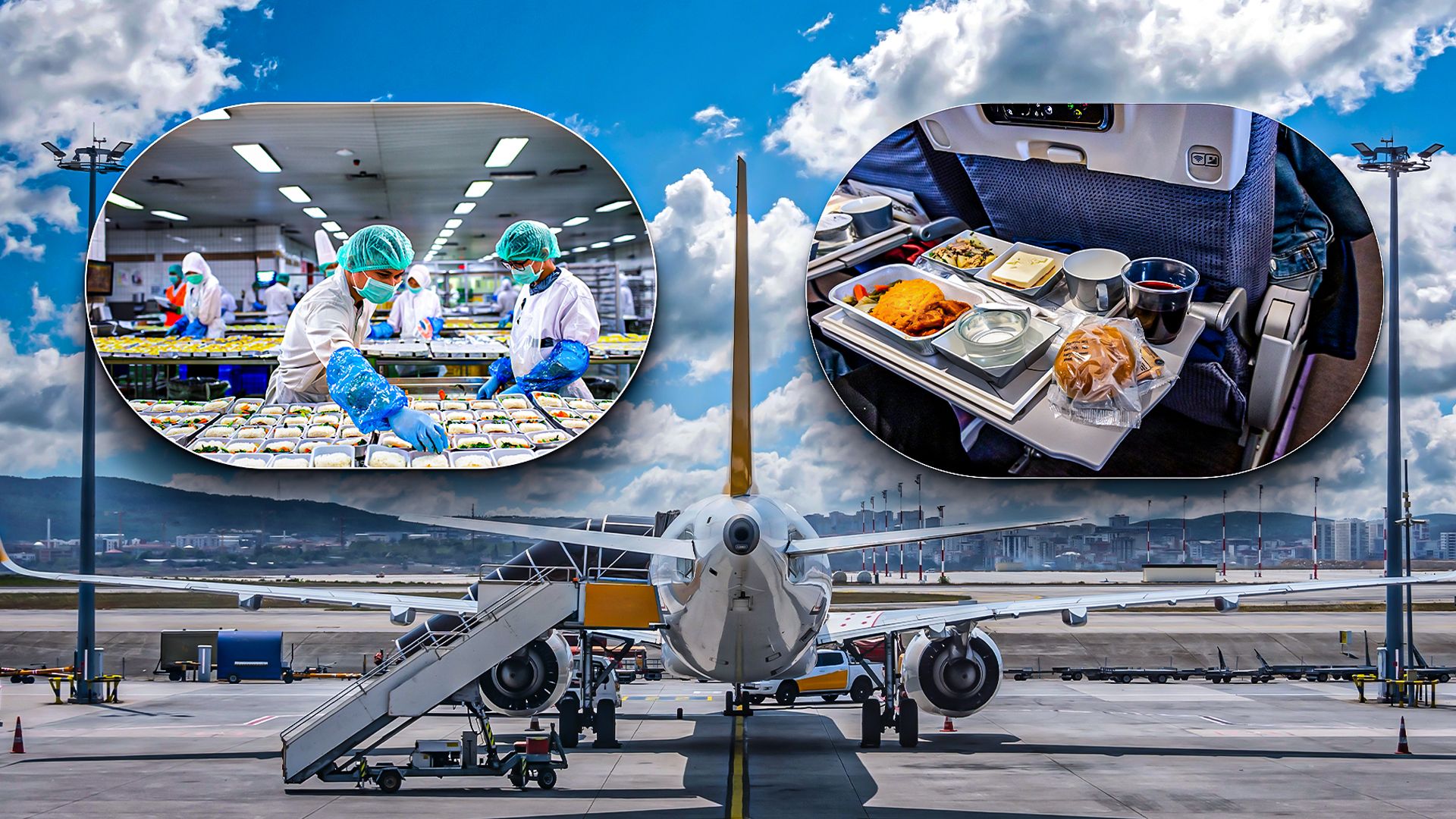Summary
- Boeing Starliner set for uncrewed return to White Sands Space Harbor on Friday.
- NASA will perform a breakout burn soon after undocking to get clear of the ISS.
- Astronauts Butch Wilmore and Suni Williams will remain in space until February 2025.
NASA has confirmed that the Boeing Starliner will proceed with its uncrewed undock and return to Earth this Friday as planned. The journey back to Earth will take approximately six hours, with the spacecraft scheduled to land at White Sands Space Harbor just after midnight.
Starliner set for Friday undocking
The space agency hosted a pre-departure media conference on Wednesday to confirm Starliner’s uncrewed return. Since announcing its decision to use a SpaceX Crew Dragon to bring home astronauts Butch Wilmore and Suni Williams in late August, NASA has conducted another Agency Flight Readiness Review into the spacecraft’s journey back to Earth. Steve Stitch, Manager of NASA Commercial Crew Program, said,
“Everybody polled “Go” at that review, pending the operational status of the vehicle and the landing weather.”
The undocking is set for 18:04 EDT on Friday, ahead of a 00:04 landing at White Sands Space Harbor, New Mexico, early Saturday, and the deorbit burn will occur at around 23:17. NASA will provide live coverage of the spacecraft’s journey home starting on Friday afternoon.
During its journey to the ISS on June 5th, Starliner encountered several thruster failures and helium leaks. As the weeks went on, it became apparent the issues were more serious than first thought, and the prospect of Williams and Wilmore returning in a Crew Dragon became increasingly more likely.
However, the Starliner saga may not turn out as disastrous as some believe. Given the spacecraft’s extensive instrumentation, Stitch said that the return journey would yield a lot of data that will prove helpful whenever Starliner flies next. The agency has previously stated it is “100%” confident that Starliner will carry out a crewed mission again.
Low risk to ISS
One concern about Starliner’s unreliable thrusters is that if they fail during the undocking sequence with the ISS, the space station could be at risk of a collision. According to Dana Weigel, International Space Station Program Manager at NASA, Starliner will do “a slightly modified departure after undocking” by performing a breakout burn, helping take the spacecraft up, over and behind the ISS.
Photo: Boeing
This maneuver will essentially get Starliner away from the ISS more quickly. When asked about the probability of a catastrophe occurring, Stitch responded that NASA carefully considered that eventuality, adding that a “more simple sequence” during undocking would minimize the risks.
Disagreements with Boeing team
While Boeing’s team was fully confident in Starliner’s ability to fly home in crew configuration, NASA engineers were less so. Stitch said that disagreements on both sides were “not heated” as described by some media outlets, adding,
“Boeing believed in the model they had created that tried to predict thruster degradation during the flight. The NASA team looked at the model and saw some limitations. It really came down to how much confidence do we have in the thrusters – how much we could predict their degradation from undock through the deorbit burn.”
Photo: Boeing
NASA also confirmed that it has configured the Crew-8 vehicle to be the emergency return vehicle for Williams and Wilmore. They won’t actually be returning on the Crew-8 vehicle – instead, they will hitch a ride on the Crew-9 vehicle, which is due to launch to the ISS later this month. The Crew-9 isn’t scheduled to return to Earth until February 2025, meaning Williams and Wilmore will have spent upwards of eight months in space, a little longer than their initial eight-day plan.

